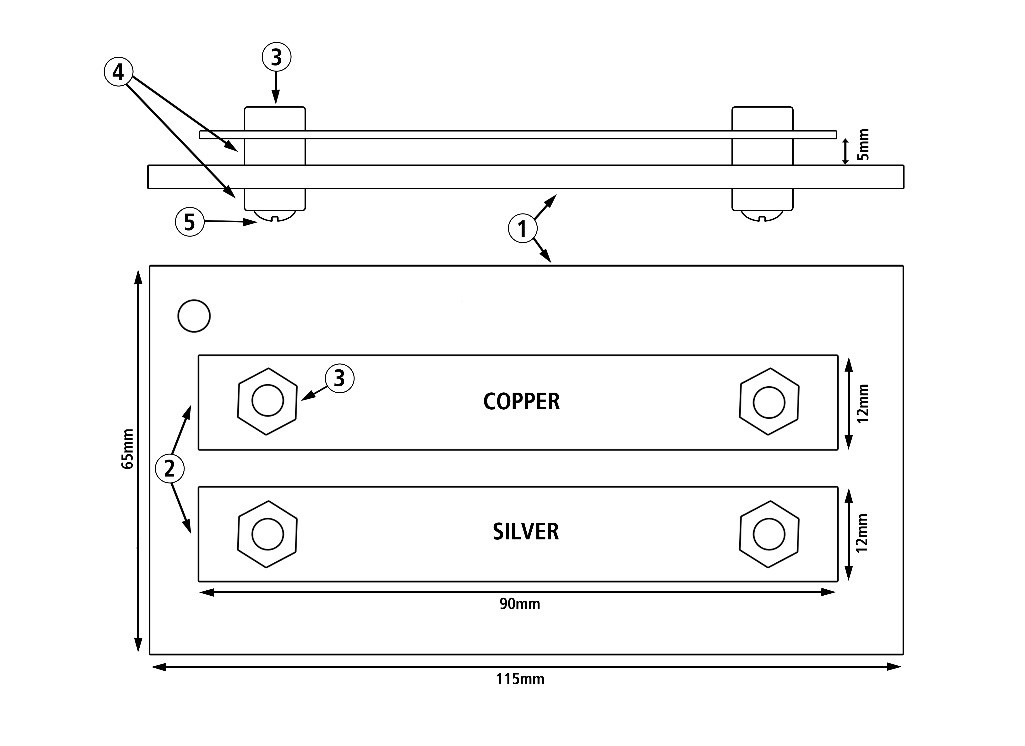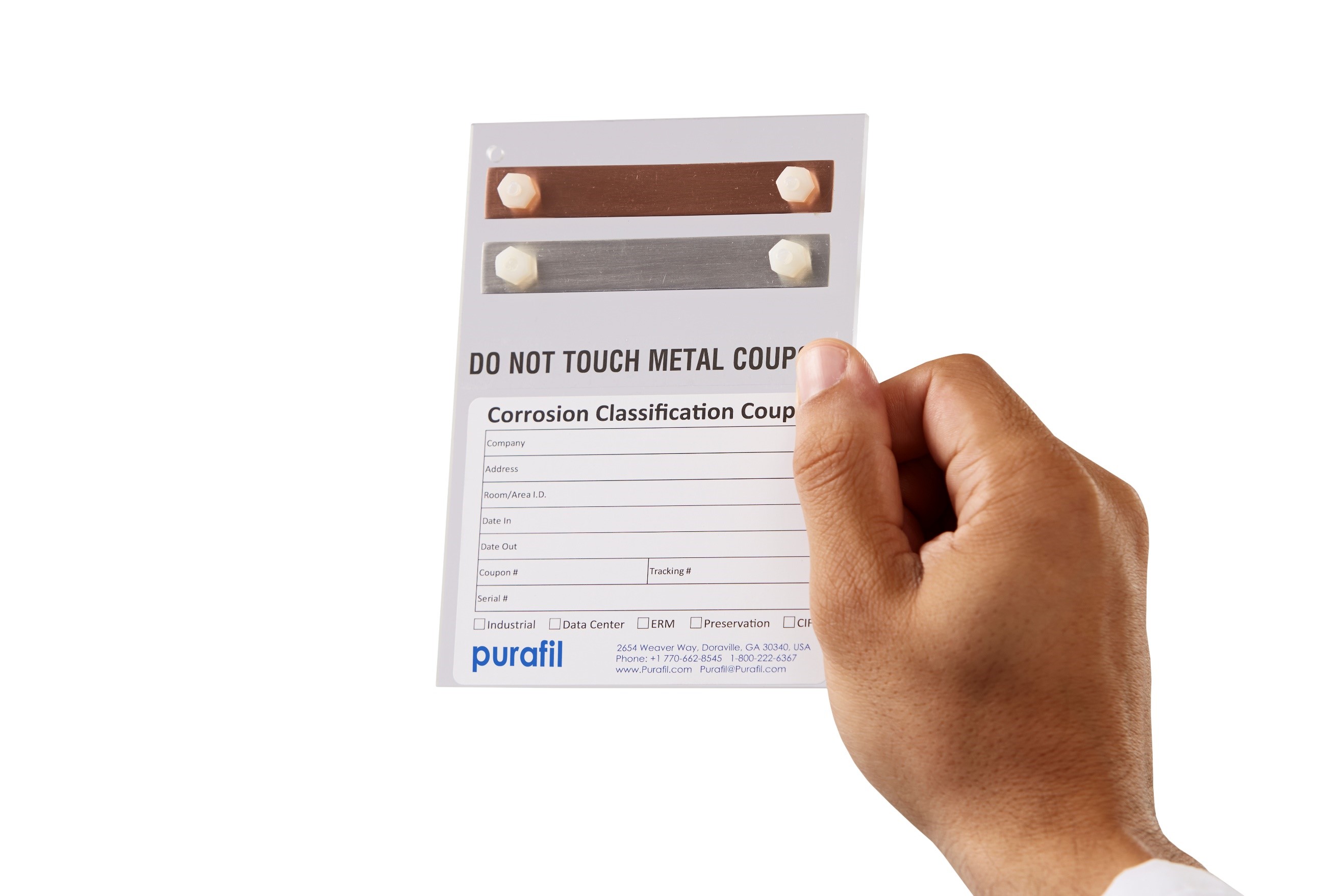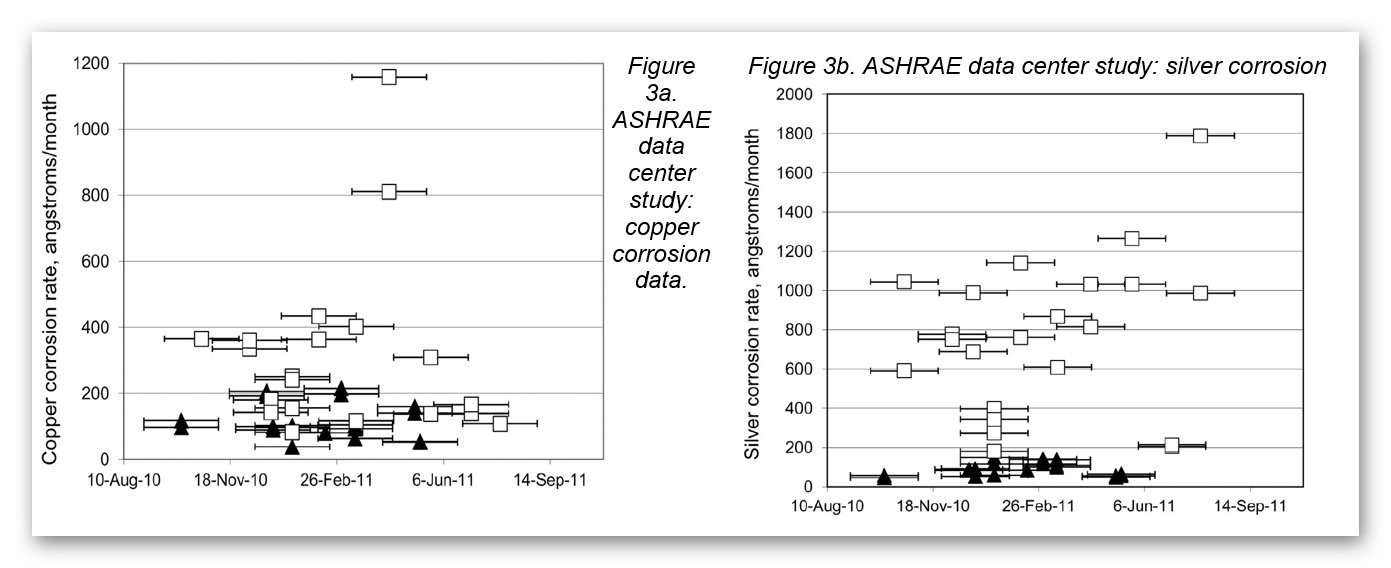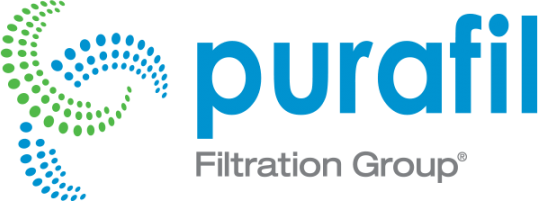ISA Environmental Classifications: Changes and New Requirements
More than 25 years since its original publication, one of the most widely used industrial standards for the protection of electronic equipment, ISA-S71.04-1985, was updated and approved as an American National Standard in 2013. This revision was prompted due to reliability issues manufacturers have been experiencing since the passage and implementation of a number of RoHS[ ], or “lead-free,” regulations.
Using the American National Standards Institute (ANSI) and International Society for Automation (ISA) periodic maintenance procedures, and after more than three years of effort from the ISA71 committee, the entire standard was publicly reviewed and ANSI/ISA-71.04-2013 (hereafter ISA-71.04) was approved by ANSI on August 16, 2013. This revised edition of the standard has several new features and includes updates due to the changes required for electronic equipment based on RoHS regulations.
Major changes in the 2013 version include:
- Inclusion of silver reactivity as a required metric for determining overall environmental classifications.
- Definition of standard coupons to be used for reactivity monitoring (Figure 1).
- Allowances for the use of real-time corrosion monitors and alternate passive methods of reactivity monitoring if they can be correlated to the coulometric reduction technique described in the standard.
- Moving discussion of corrosive contaminants from the normative part of the standard to an appendix.
- Addition of discussion of deliquescent relative humidity of dust as a measure of the corrosivity of dust.

Key:
- 1) Plastic mounting plate
- 2) Copper / silver coupon
- 3) Plastic nut
- 4) Plastic nut / spacer
- 5) Plastic screw / plastic threaded rod
ISA-71.04 is one of several standards covering various environmental conditions affecting electronic equipment, including process measurement and control systems, data communications and IT hardware, and office electronics. In developing this standard, the committee goals included:
- To provide a practical standard that can be applied with a minimum of research and technical effort by the user.
- To provide a concise method of stating environmental classifications for convenient communications between users of the standard.
- To cove real-world ranges of each classified parameter.
Environmental monitoring for corrosive gases now requires the use of both copper and silver reactivity rates with the higher of the two determining the overall severity level. Environmental classifications have been established in the standard according to the type of contaminant, and within each classification, severity levels have also been established. Parameter limit values are tabulated for each classification and severity level of the contaminant. The classification of reactive environments is shown in the table below.

This classification system provides users and manufacturers of electronic hardware with a means of specifying the type and concentration of airborne contaminants to which a specified piece of electronic hardware may be exposed. But what do these classifications mean in actual use?
Before we go into more detail about the different severity levels, it is best to provide some information as to what of factors can influence the amount of corrosion that can form on copper and/or silver and that has a direct effect on the resulting severity level(s).
Contamination effects
Each location may, and most likely will, have different combinations and concentration levels of corrosive gaseous contaminants. Industrial and urban environments often contain a complex mixture of contaminants that interact synergistically to greatly accelerate (or retard) the corrosive action of individual gas species. Performance degradation can occur rapidly or over many years, depending on the particular gas combinations and concentration levels present at a site.
A typical failure mechanism of electronic systems in polluted environments is the reaction of atmospheric sulfur with exposed metals – particularly copper and silver. These metals are found in printed circuit board (PCB) traces, integrated circuit (IC) leads and device terminations. Copper sulfide (Cu2S), silver sulfide (Ag2S) and other corrosion products can grow and creep across surfaces such as IC packages and PCB substrates.
Relative humidity
High relative humidity accelerates the corrosion caused by gaseous contaminants in an exponential manner. Equally important is recognition of the fact that temperature fluctuations dramatically affect relative humidity and often induce local condensation. Although water is universally present in industrial atmospheres, the concentration varies widely. It promotes the corrosive degradation of equipment in three major ways:
- Directly, as a reactive chemical attacking metals and plastics.
- Interactively with other atmospheric constituents, in most cases forming a more reactive combination; an example is sulfur dioxide, SO2, which combines with water to form sulfurous acid.
- Electrochemically: Many species when dissolved in water form a conductive solution. When electric potential differences exist between two dissimilar metals, the conditions for electrolytic or galvanic corrosion processes are set up. These are different phenomena, but both are caused by and/or promoted by an electrolyte.
For a given gas concentration, the severity level (specifically the copper reactivity level) can be expected to be increased by one level for each 10% increase in relative humidity above 50% or for a relative humidity rate of change greater than 6% per hour.
Reactivity monitoring
Two methods have been used for environmental characterization. One is a direct measure of selected gaseous air pollutants. The other, which can be termed “reactivity monitoring,” provides a quantitative measure of the overall corrosion potential of an environment.
Direct gas monitoring may provide short-term estimates of pollutant levels for specific sites. High values will confirm that a severe environment exists. The reverse, however, is not necessarily true. Gaseous contamination limits for the reliable operation of electronic equipment cannot be specified in terms of the concentrations of gaseous contaminants in the air; metal corrosion is too complex a process to allow its rate to be determined from gaseous chemical composition. A more convenient and quantitative approach is through the use of reactivity monitoring.
To avoid these practical difficulties described above, the nature of environments is defined in terms of the rate at which they react with copper and silver. As a direct measure of overall corrosion potential, reactivity monitoring involves the placement of specially prepared copper and silver coupons (Figure 2) in the operating environments that are subsequently analyzed by coulometric (cathodic, electrolytic) reduction with results normalized to a 30-day exposure. These metals have been selected as the coupon materials because data exist that correlates copper and silver film formation with reactive (corrosive) environments and they have proven to be particularly useful for environmental characterization.

Explanation of contaminant severity levels
There is a broad distribution of contaminant concentrations and reactivity levels existing within industries using process measurement and control equipment, information technology (IT), telecommunications, networking and data center equipment, and electronic office equipment. Some environments are severely corrosive, while others are mild. The purpose of the contaminant classes is to define environments on the basis of corrosion rate of specially prepared and tested copper and silver samples.
- Severity level G1 – Mild: An environment sufficiently well controlled such that corrosion is not a factor in determining equipment reliability.
- Severity level G2 – Moderate: An environment in which the effects of corrosion are measurable and may be a factor in determining equipment reliability. Electroless nickel immersion gold (ENIG) and immersion silver (ImmAg) PCB surface finish failures.
- Severity level G3 – Harsh: An environment in which there is a high probability that corrosive attack will occur. These harsh levels should prompt further evaluation, resulting in environmental controls or specially designed and packaged equipment. Organic solderability preservative (OSP, or anti-tarnish preservative) and immersion tin (ImSn) PCB surface finish failures.
- Severity level GX – Severe: An environment in which only specially designed and packaged equipment would be expected to survive. Specifications for equipment in this class are a matter of negotiation between user and supplier.
The implementation of lead-free manufacturing in 2006 affected essentially all electronic products, and some of the more common materials used as replacements, and more specifically silver and silver alloys, were particularly more sensitive to common atmospheric pollutants than lead-based materials. Manufacturers of industrial process control equipment have used ISA-71.04 since its initial publication for warranty compliance because they understood that their equipment had to be protected due to the corrosive nature of the environments in which it would be used. However, the same had not been the case for computer systems used in non-industrial settings.
The number and types of corrosion failures have increased dramatically around the world in locations with high pollution levels, and the most common failures were with the most common components including hard disk drives (HDD), graphic cards, motherboards, DIMMs, capacitors, and transistors. Research performed by many of the world’s leading IT equipment manufacturers including AMD, Cisco, Cray, Dell, EMC, Hitachi, HP, IBM, Intel, Seagate, SGI and Sun Microsystems, led to the publication of an industry white paper detailing requirements necessary to manage contamination risks.
This was followed up by publication of a handbook by the American Society of Heating Refrigerating, and Air-Conditioning Engineers (ASHRAE) titled: “Particulate and Gaseous Contamination in Datacom Environments, 2nd Ed.” The second edition updated the chapter on contamination monitoring and analysis and added a separate chapter on contamination control, that discuss ISA 71.04 and the use of reactivity monitoring to establish environmental classifications. The update also included a description of a landmark ASHRAE data center study where Purafil CCCs were used in a two-year study in data centers with and without corrosion-related hardware failures to establish the G1 reactivity level for silver.
The study found that the silver corrosion rate is a much better predictor of corrosion-related hardware failures, compared to the prior practice of relying on copper corrosion rates alone to predict failures. Based on this study, there was enough evidence to conclude that the maximum corrosion rate of silver corresponding to a G1 severity level should be established at 200 angstroms / 30 days to ensure that corrosion would not be a factor in determining hardware reliability (Figures 3a, 3b).

The open square data points are for data centers with known corrosion-related hardware failures. The solid triangle data points are for data centers with no known corrosion-related hardware failures. Notice that the silver corrosion rates for data centers with and without corrosion-related hardware failures show no overlap; whereas, the copper corrosion rates for the two types of data centers show some overlap.
The sustained elevated failure rates of process control electronics and IT / datacom equipment due to corrosion more than 10 years after the implementation of lead-free manufacturing has been largely due to a combination of factors such as the change to RoHS-compliant hardware and the explosive growth of computer usage in emerging markets with heavily polluted environments; especially China, India, and SE Asia.
All RoHS-compliant electronic equipment and devices are more sensitive to environmental conditions than their pre-RoHS versions. Through the efforts of Purafil working along with many of world’s leading computer equipment manufacturers, it has been proven that lead-free products will corrode in high sulfur environments (≥ISA Class G2). Because of this, more and more manufacturers have become very aggressive by placing the onus on their customers to provide proof that they are meeting all of their product warranty requirements, including establishing and maintaining an ISA Class G1 environment.
With ISA-71.04 having been updated to now include silver corrosion as a required metric to establish the overall severity level of the local environment, the use of Purafil ‘s corrosion classification coupons (CCCs) assures compliance with the requirements of the standard. Where real-time monitoring may be considered crucial in the prevention of electronic equipment failure, the new OnGuard Smart also complies with the monitoring requirements of the standard inasmuch that the reactivity monitoring technique employed can be directly correlated to the results that would be obtained using standard coupons.
Environmental monitoring according to the procedures and methods described in ANSI/ISA-71.04-2013 continues to be a requirement in industrial applications and is quickly becoming a requirement for many other applications such as data centers, telecommunications, and hospitals where zero down-time of electronic equipment is critical. Contact Purafil to find out how we can assist you with all of your environmental compliance requirements; from assessment with CCCs, to establishing a contaminant control strategy, to continuous monitoring with the OnGuard Smart to assure warranty compliance.
For more information, Contact Us.
